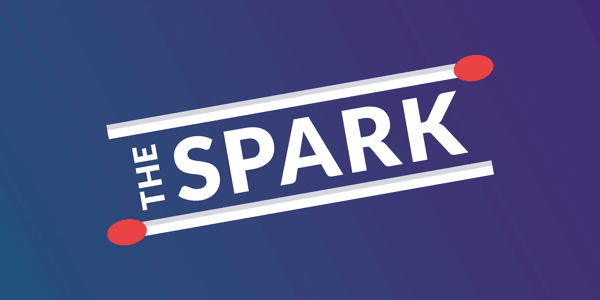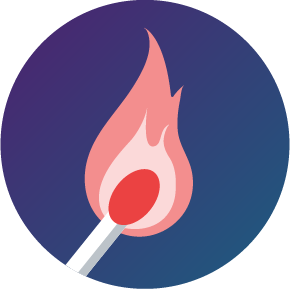No Cookies? No ProblemAmid the uncertainty of targeting and measurement in a cookieless future, LinkedIn is spotlighting first-party data as an opportunity for B2B marketers to reimagine strategies to reach potential customers in today’s privacy-centric world.
The platform is expanding its Group Identity targeting option. Group Identity for B2B leverages LinkedIn’s first-party data to group members together based on professional identity attributes. These professional identity factors move away from broad targeting attributes, such as age or gender, and instead use more focused and relevant professional attributes (e.g. title, seniority, industry) to build anonymous audience groups and reach buying committees.
For marketers, enabling Group Identity means putting more trust in the LinkedIn system to find the right people through its professional positions rather than relying on third-party data from outside of the platform.
That might seem like a leap of faith, but there is some data to support its value. Since introducing Group Identity to a select group of users last year, LinkedIn observed a 37% higher average clickthrough rate on group-delivered campaigns across channels compared to campaigns targeted at individual profile characteristics.
LinkedIn will continue to test privacy-centric solutions in the coming year, including clean rooms, a new Conversions API, and on-device experimentation.
TL;DR: LinkedIn is expanding Group Identity to help B2B marketers reach buyers without the need for third-party data. Add it to your toolbox for navigating the new privacy environment.
Twitter Blue (Da Ba Dee Da)After Twitter announced the re-launch of its controversial verification program, a new study by Capterra found 53% of brands won’t pay for verification on the platform.
Since its shift in ownership, Twitter has lost half of its top 100 advertisers including Chevrolet, Chipotle, Ford, and Jeep. As more brands pull the plug on marketing on the platform, it’s no surprise that many are on the fence about paying for the verification program. Because the path ahead remains unclear, a lot of companies are continuing to take a wait-and-see approach. Thankfully there’s still a bit of time to make a decision as Twitter hasn’t officially decided when they’re going to cut checkmarks from verified accounts that don’t pay for Twitter Blue. Whether you’d like to keep yours or lose it to Musk — now is the time to start building your pros and cons list.
TL;DR: A new study found that 53% of brands won’t pay for verification on Twitter, pointing to growing distrust in marketing on the platform. With the re-launch of the verification program, carefully consider what’s best for your brand.
What Lit Us UpNow That We Have Your AttentionDid you know the average attention span has declined from 12 seconds to just eight? So, in the time it took to read that sentence, you may have already lost your audience, making it more important than ever to make a quick impression. Usually we’d tell you about how a brand went above and beyond with creative content to capture those eyeballs. This week we’re mixing things up and sharing how one brand is transforming how those views are tracked.
During its Rock in Rio (a biannual music festival) 2022 sponsorship, Heineken tested a new way to track brand recognition with its first use of attention-based measurement. The beer brand leveraged disruptive display formats and social placements to promote giveaways before and during the event (and hopefully stay top of mind for attendees). Meanwhile, the measurement program used APM (average attention per 1,000 impressions), a predictive attention methodology based on consumer behavior in digital environments, to closely track its impact.
This new form of measurement allowed Heineken to more deeply assess engagement with its ads, showing not just whether someone saw an ad, but to what extent they interacted with it and remembered it. The innovative approach uses a multifaceted combination of eye-tracking and surveys to gauge recall and likelihood a person will complete a transaction. That data is then fed into a machine-learning model to predict which content is most effective.
The results were surprising, impressive, and worth a closer look if you want to up your measurement game. Right out of the gate, APM was five times higher than previous benchmarks digital campaigns, and Heineken garnered the highest level of brand recall among festival sponsors.
While you may not yet have access to eye-tracking technology, there are still valuable takeaways to be had. When crafting your own content and ads, don’t overlook your audience’s attention span, an increasingly scarce resource. Remember you have mere moments to reel them in, and it’s crucial to know how deeply they’re engaging.
TL;DR: Heineken tested a first-of-its-kind attention-based approach to measurement, and the results were enlightening. Consider the rising attention economy in your campaigns. (Was this email forwarded to you? Sign up here.)
|
-1.png?upscale=true&width=346&upscale=true&name=Tier%20One%20logo_color%20(1)-1.png)


